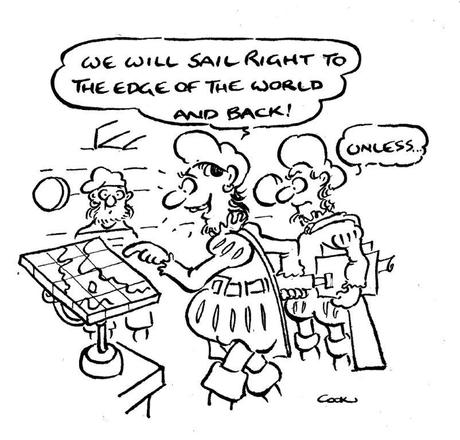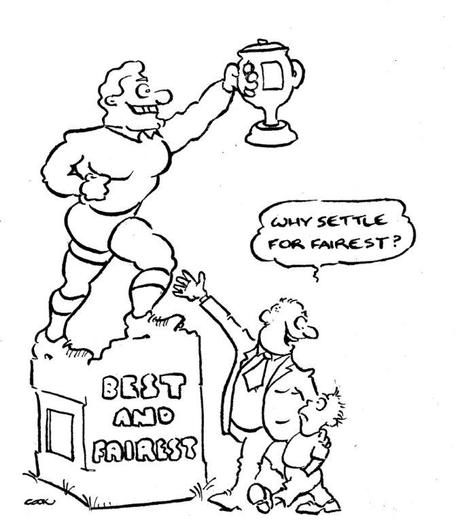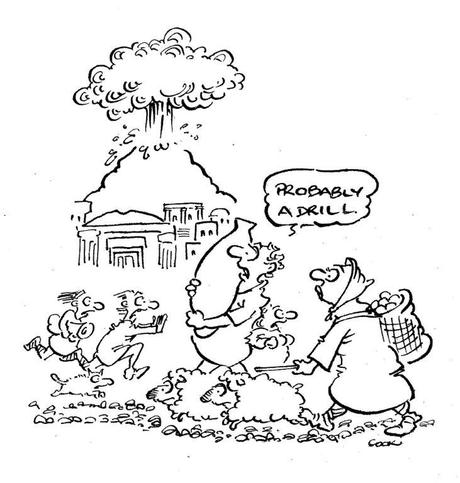 Unload the future before you go there
Unload the future before you go there
It’s rare to see a five-year plan that does not say everything will be amazing when we get there. Most are pretty confident.
Planning brings with it a few issues. Here are a couple.
One is in the future: there can shift. What seemed like an ideal, achievable goal when you started can be less so when you get there. You achieved your sales target but failed to improve your offering. A more evolved version of your product came to market. You maintained share but squeezed profit margin to do so. The final results were well below target.
When consumer preferences grow increasingly fickle, and products and services evolve more rapidly, we need to get comfortable with regular review.
Constant rehearsal
Second is the notion that we are all aiming for some grand performance which may never actually happen.
Achievement is a good feeling and we should applaud commitment and persistence. But the rewards can be fleeting. Even if it is great when we get there, the process will simply start over again, if not before. There is rarely an end result. Life may not be a dress rehearsal, but we spend most of our time rehearsing for something. I have a friend who has now retired. He thinks it will be great when he gets his golf handicap under 100. He may get there, although by then his goal may well be keeping it under 110. There’s always a challenge.
How should we roll with this fluid environment?
 Living with alternatives
Living with alternatives

Strategy consultant, Norman Chorn, argues strategic thinking should include extensive and dynamic scenario analysis — unloading an entire range of alternative futures and examining how you can respond to them, or better still, take advantage of them.
Research, says Chorn, shows those who wait and react underperform compared with those who have maintained a strategic conversation that keeps them in a proactive mode. Click here to read his paper.
It makes sense because rather than avoiding uncertainty, it embraces it. What’s more, it introduces an element of the now rather than when. Instead of targeting a particular there, you spend some time here, focusing on what you already have and how you can respond.
This highlights existing strengths and weaknesses of you and your business. The weaknesses may well be warnings of the need for change, but equally, the process can identify the special capabilities you have, suggesting ways you can leverage off them if the environment shifts in a particular direction.
 What if it goes wrong?
What if it goes wrong?

Think of it as developing a series of emergency drills. Whatever scenario does unfold, the timing and quality of your response will be better to the extent you have rehearsed it.
When it comes to managing change, economists John Maynard Keynes and Paul Samuelson are both alleged to have said this: “When the facts change, I change my opinion. What do you do?” It’s also been attributed to J K Galbraith.
Whoever said it remains uncertain, but it’s still a good question. In times of change, ask it often.


